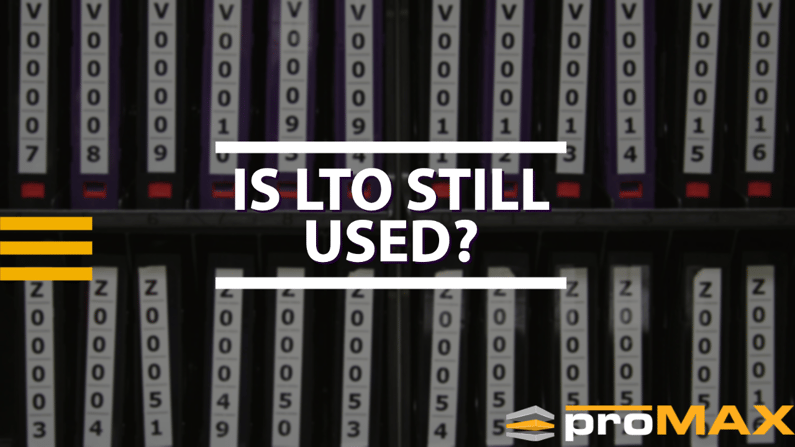Introduction
Linear Tape-Open (LTO) technology has been a staple in the data storage industry since the 1990s. It was one of the first magnetic tape-based storage mediums that enabled the backup and archiving of large amounts of data. With the rise of cloud computing technology, the use of LTO has been called into question. But is it still used in today's video editing industry? In this blog post, we take a closer look at the evolution of LTO technology and its current use in the video editing industry.
1. The Evolution of LTO Technology
LTO technology has come a long way since its inception in the late '90s. The initial LTO-1 tape had a capacity of 100GB, which was revolutionary at the time. The subsequent generations of LTO tape (LTO-2 to LTO-8) have seen significant improvements in terms of capacity, speed, and reliability. The latest LTO-8 tape can store up to 12TB of compressed data and has a data transfer rate of up to 360MB/s, which is really impressive. This technology is highly reliable and has a shelf life of up to 30 years, making it a suitable storage medium for long-term archiving.
2. The Advantages of LTO in Video Editing
Currently, many video editors use LTO tapes for backup and archiving purposes. The main advantage of LTO is that it's a reliable and cost-effective storage medium for large amounts of video data. Video editors need to store their raw footage, completed projects, and project elements like audio tracks, graphics, and color corrections. Storing all this data on cloud servers can get expensive, and there are concerns about data security and privacy. LTO tapes, on the other hand, offer a cost-effective and secure backup solution for video editing projects.
3. LTO vs. Cloud Storage
Cloud computing technology has disrupted the data storage industry in recent years. Cloud storage providers offer scalable data storage solutions that are accessible from anywhere with an internet connection. However, cloud storage can be expensive, especially for large amounts of data. Cloud servers charge fees based on the amount of data stored and data transferred. It's also not uncommon for cloud service providers to raise prices over time. With LTO, you pay a one-time fee for the tape and can store the data locally or off-site. There are no ongoing fees, and the cost per TB is significantly lower than cloud storage.
4. LTO Archiving Best Practices
If you are using LTO for archiving, following best practices is essential. LTO tapes need proper handling, storage, and maintenance to ensure that the data remains retrievable in the future. Storing LTO tapes in a cool, dry, and dust-free environment is important. Avoid exposing the tapes to direct sunlight, humidity, or extremes in temperature. It's also essential to use high-quality LTO tapes and regularly test them to ensure the data is still readable.
Conclusion
In conclusion, LTO technology is essential for video editors seeking efficiency, affordability, and long-term data storage solutions. Its reliability, durability, and security features make it an option for video production companies of all sizes. By embracing LTO technology, video editors can focus on their creative work, knowing that their project data is safe and secure.
If you want to dig deeper into this subject, view our blog on What is the Benefit of LTO to High-Volume Video Editors?


